
FINDING A HOME
This painting represents the reality of so many people in the world looking for a place to stay, especially as they flock into crowded modern cities, searching for jobs or fleeing from various situations of conflict. The need to create living spaces for them is acute. Like Joseph and Mary, who found no place at the inn, millions of people risk ending up unsheltered in the streets and deprived of a dignified dwelling which they can call home.
Painting by Fr Raul Tabaranza MCCJ
WORLD REPORT • ENVIRONMENT
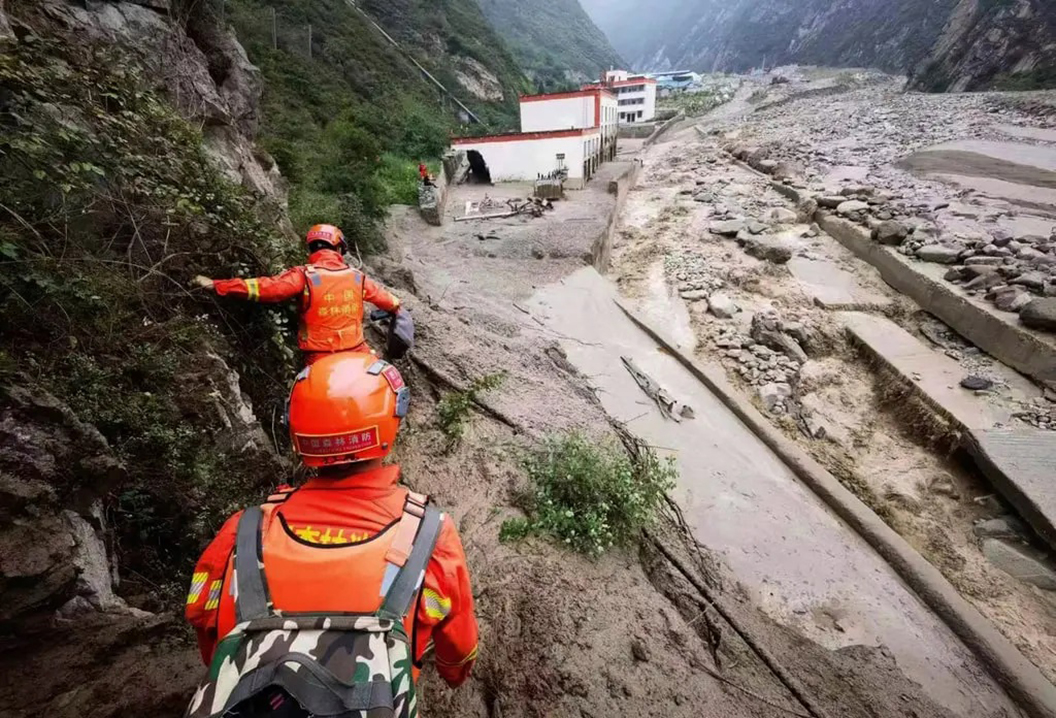
THE GARDEN OF EDEN IN DECAY
Evidence points to the fact that global warming and consequential climate change are causes of great havoc to the natural world. The tell-tale signs of these phenomena are evident everywhere; however, we still have the capability of restraining the damage already incurred.
BY DICHABA MASHININI | JOHANNESBURG
SINCE THE start of the new millennium, the world has experienced particularly heavy rains causing devastating floods, more frequent landslides in mountainous regions, intense periods of drought and ravaging infernos. Most scientists agree with a common inference: human behaviour is the greatest contributor to these events and, paradoxically, the main factor of destruction of the essential elements for human life. Its survival, with such an imbalanced ecology, is inconceivable. Nevertheless, these occurrences of floods, landslides and drought are themselves unavoidable natural phenomena.
The ancient Greek philosopher and scientist, Theophrastus, (371-287 BC), had already noticed that deforestation leads to drier and warmer weather. Given this scenario, we need to ask ourselves: which route should we take in this millennium? Teddy Pendergrass, a popular American singer, portrayed a thought-provoking scenario in his prophetic song which took the world by storm in the 1980s… “where do you think you’ll be, in the year 2000?” The song was not about matters relating to climate change. However, it suggested the sounding of alarm bells about the dangers of an imminent apocalypse which has now become clearly visible to us.
Between January and March 2024, the region of southern Africa received only half of the expected rainfall.
These dangers have existed from the beginning of time. Scripture prophesied that such conditions, including wars and other occurrences, would signal an approach to the end of times and therefore, the fulfillment of God’s purpose for the earth. But that purpose is to save the world from the clutches of the evil one because… “to the Lord belong the earth and everything in it, the world and all its inhabitants”, (Psalm 24:1) and it will, in His own time, “reconcile all things to Himself through Jesus Christ” (Colossians 1:20).
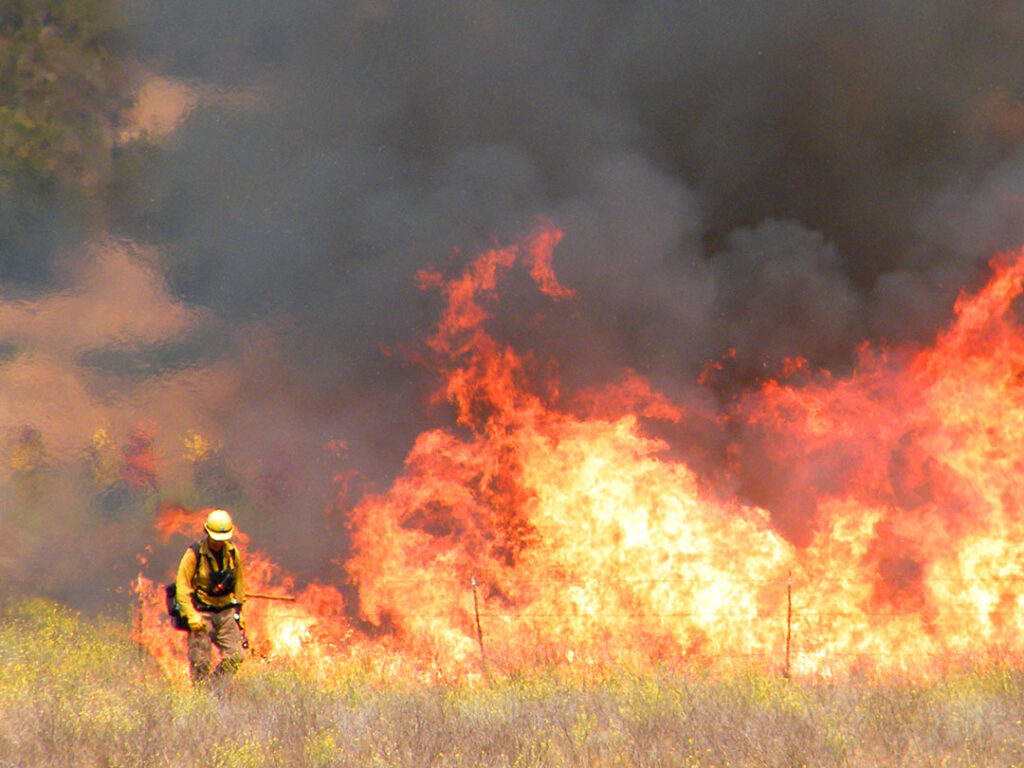
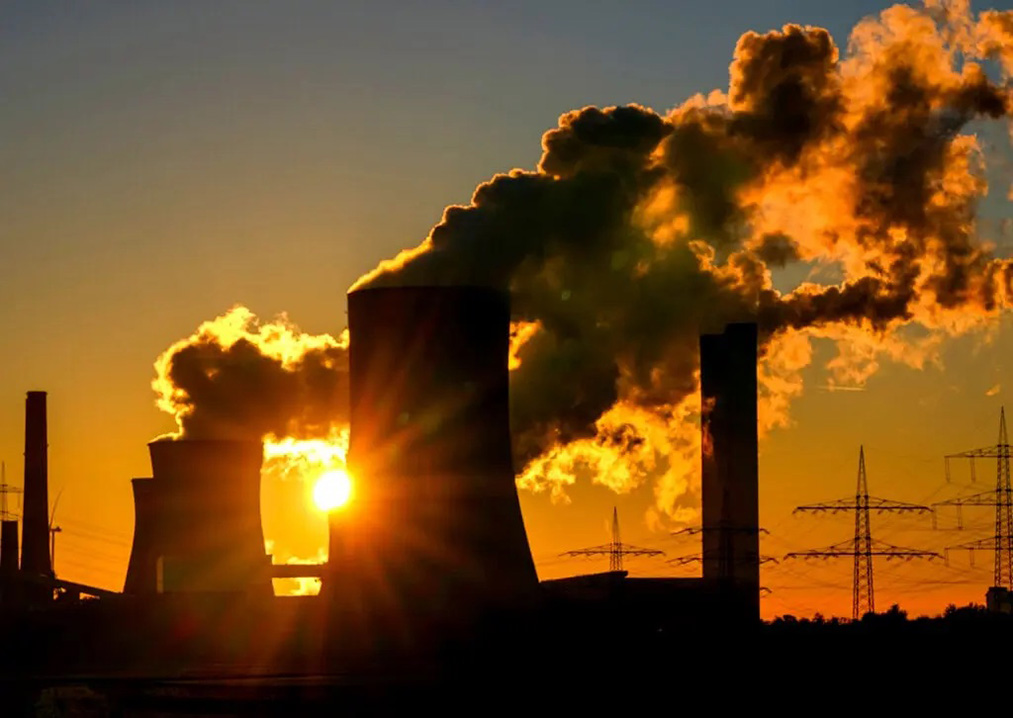
Climate change and Global warming
In the current Garden of Eden, natural phenomena occur such as El Niño, over which humankind has no control. El Niño has a double-edged effect, causing both severe droughts and heavy rains which adversely distort natural weather patterns. El Niño is now given impetus by conditions of climate change affecting the economical viabilities of global communities, both urban and rural, rich and poor, and including all ethnic groups. It decimates the source of income of countless numbers of people who rely on subsistence farming because of a lack of modern methods of irrigation and sophisticated equipment. In Africa and the entire Third World, for instance, many farmers rely solely on rain for irrigation in the absence of more advanced technology. Besides failing crops, poverty escalates due to the death of livestock, affecting meat production. In the southern African region, an estimated 27 million people, among them 21 million children, face hunger, and this situation is expected to deteriorate due to increasing food shortages. Data gathered over the last 40 years reveals that the month of August 2024 was the driest in certain parts of southern Africa. Between January and March, the region received only half of the expected rainfall.
In southern American countries, such as Ecuador and Brazil, hydro-electric power stations have generated much less electricity due to spells of drought. The Paraguayan Meteorological Department of Hydrology reported a water level of 80 cm below the benchmark, and the water level of the capital Asuncion is now at its lowest in 120 years. This has rendered fishermen, particularly of the Paraguay- Panama waterways, unemployed, increasing levels of poverty. The Panama River, which originates in Brazil and flows for 340 km through five countries, has effectively reduced its capacity to supply enough water to these communities. The Intergovernmental Panel on Climate Change reports a global increase in frequency and intensity and/or extent of heatwaves together with low humidity. In its conclusion it infers that there is a correlation between low rainfall and high winds. It is therefore no coincidence that these dry lands are susceptible to the ignition of infernos.
Landslides
There is a noticeable and alarming increase in landslides in mountainous regions of the world. The Himalayas are known to experience the highest number of landslides due to the altitude of its mountains. Human beings contribute to landslides by certain deliberate activities. It has become common for people to move into hilly terrain and to erect structures, whether for residential or commercial reasons. This leads to deforestation in these areas. Meteorologists have listed deforestation in all its forms as a major reason for global warming.
In Haiti, a country prone to landslides, deforestation is rife, not for export purposes, but to compensate for a shortage of electricity. The inhabitants survive by collecting firewood from the forests for cooking and other domestic uses. The country also experiences heavy rainfall with water seeping through the earth’s crust, resulting in an increase in landslides. Big businesses kill the roots of naturally growing trees. In 2018 in Japan, multiple landslides were caused by the replacement of naturally growing trees in mountains—deemed resourceful— by cedar trees. The situation in Sierra Leone is similar, where 800 000 hectares of forest were lost through the removal of mangrove, accompanied by heavy rains, leading to a massive destruction of communities. In Nepal, landslides have displaced 810 000 people. Landslides prevent quick reaction, since roads are damaged. and access is blocked by debris. Medical services take time to reach victims, if they do at all. Blockage of sewage and damage to medical facilities render them unable to perform their duties and an increase in water-borne diseases such as life-threatening cholera and malaria occurs. The rescue mission soon becomes a search mission for bodies, leaving survivors in turmoil.
Areas which were almost flood-free in the past, or which were prone to merely small- scale flooding, are now experiencing severe flooding.
A study spanning the years up to 2014 shows that there are other hotspots where landslides occur, including China, South and East Asia, Central and South America and the Caribbean. The study indicates that 11 631 deaths occurred in 25 countries. Some of these countries are in Central America, nine are in South America and seven are in the Caribbean. Furthermore, 90% of the landslides were caused by heavy rains, 15% by tropical storms and 4 % by earthquakes. In the year 2014, the highest number of deaths caused by landslides in a single year stood at 3 865. The El Niño weather condition occurs in the Pacific and has dire effects on weather patterns across the globe. It used to occur only once in a few years, but has now become more frequent. The warming of atmospheric tides during the day, which then cool down at night, creates suitable conditions for heavy rains causing landslides and floods.
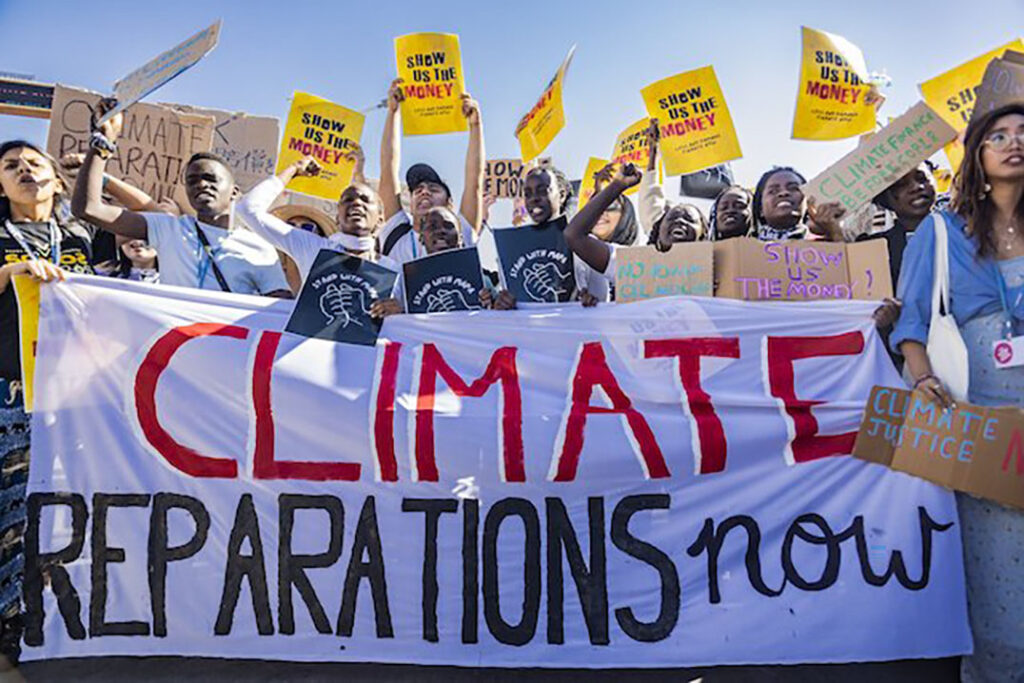
Floods
The comparison in data analysis relating to the era before the Industrial Revolution of the 1800s, shows a significant reduction of time between incidences of extreme flooding, as well as a higher volume of water that accompanies the flooding. Areas which were almost flood-free in the past, or which were prone to merely small- scale flooding, are now experiencing severe flooding. The most significant attribution of the demise points to human activity.
After the devastating floods in Mozambique in the year 2000, another one of great magnitude occurred within the next ten years. These floods were caused by a weather condition called Leon-Elin cyclone. These floods forced the waters of the Limpopo River over its banks, spilling over onto Xai-Xhai (between Tofo and Maputo) in the south, situated a mere 6 km from the ocean. They destroyed 14 000 km2 of arable land, annihilating all progress that had been made in the economy since 1990. These floods also affected parts of the neighboring countries. The south of Mozambique is in line with Kwa-Zulu Natal and even further south along the coast lie parts of the Eastern Cape Province. The floods in the latter region point to a phenomenal weather pattern in the southern-most parts of the Indian Ocean.
The wide expansion of the area of flooding was also evident in central and southern Europe in the recent past. The floods began in Romania and Czechoslovakia; within days they had ravaged the greater part of other European countries including Poland, Slovakia, Hungary and the south of Germany.
In Brazil, floods caused damage in an area equivalent in size to the United Kingdom, and displaced more than a million people. Such was the case in Nigeria and its neighbours. Likewise, an estimated 400 million people were affected by the flooding in west and central Africa, which devastated agricultural land, schools, and medical facilities. This further heightened the risk of water-borne diseases and food security.
In Spain, the Valencia region, experienced downfalls of massive proportions in a matter of 24 hours on 29 October 2024. According to Aemet, the Spanish national weather agency, the town of Chiva received a record- breaking 491mm of rain within 8 hours, which is equivalent to the total average annual rainfall of this town. Local rivers released torrents of muddy water, while the Turia river which empties into the Balearic Sea was blocked by sediments. Affecting especially the elderly and physically handicapped people, 216 lives were lost, including 9 children, according to police data. The floods also caused extensive damage to 4 100 hectares of arable land and to 3 906 buildings, and impacted 15 km of railways. The cost of the infrastructural damage is estimated at 3.5 billion Euros. Labeled as the deadliest disaster in Spanish history, the floods were the result of a high altitude and low-pressure weather system known locally as Isolated Depression at High Levels (DANA – Spanish acronym). This system usually occurs during autumn, yet due to the warmer sea and increasing amount of moisture in the atmosphere, caused by climate change, it is likely to happen more frequently in future.
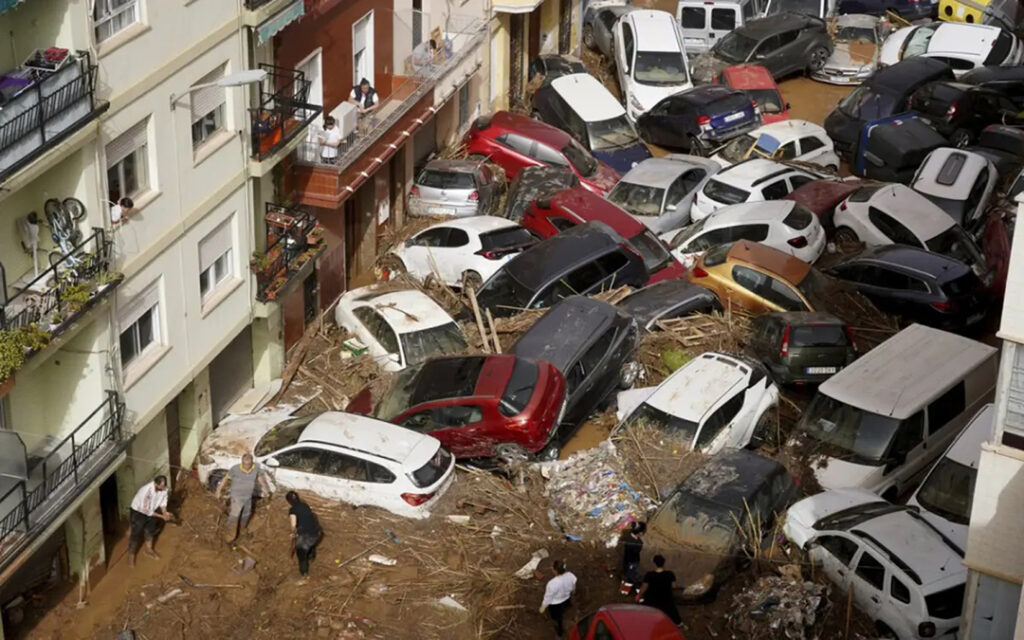
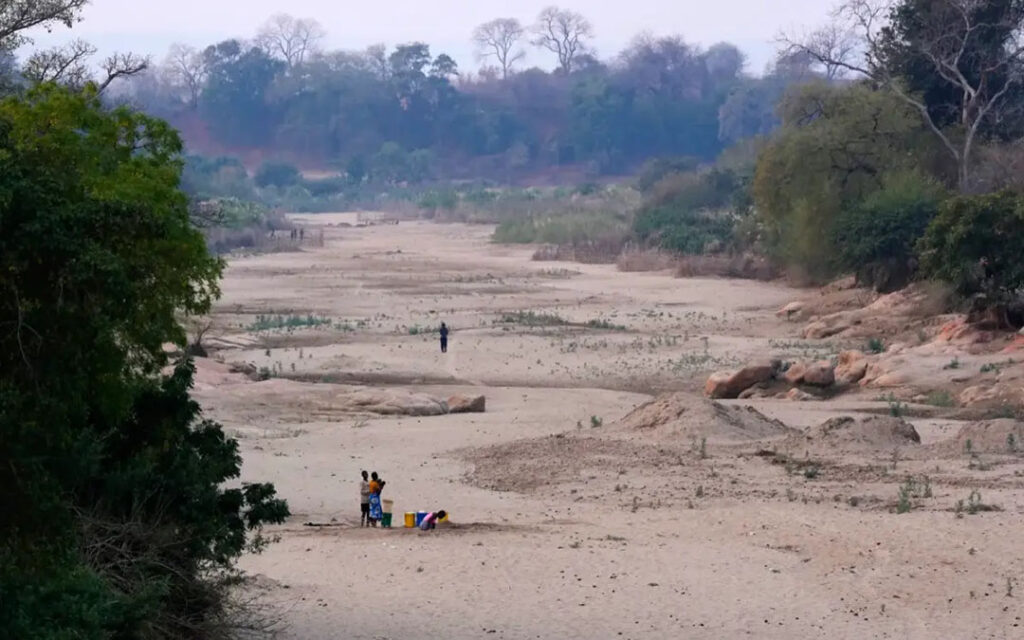
Causes
It is alluded that the greatest contributory causes of climate change and global warming are, by and large, human behaviour. The extraction of fossil fuels comes into play in the midst of it all. These fuels are carbon compounds which contain materials such as coal, oil and natural gases formed naturally under the crust of the earth from extant prehistoric organisms. They are considered to be contributing factors to pollution and therefore, climate change. Fossil fuels are used extensively for human consumption and development and they play a pivotal role in economics. When burned, they can provide heat, generate electricity and operate power engines. Approximately 80% of global energy consumption and 60% of electricity are derived from these natural elements.
The reversal of these deadly scourges requires the will and the courage of the actual destroyers: human beings.
Fossil fuels also contain radioactive materials which are released into the atmosphere. They fall from the sky as acid rain. Consequently, greenhouse gases which are released by large industrial activity trap this heat in the atmosphere. These gases could be reduced by phasing out the use of fossil fuels. There are ongoing efforts in this regard.
The United Nations, Non-Governmental Organisations and activists are engaged in advocacy for a transition to renewable energy, namely the use of solar, wind and other climate-friendly alternative sources which produce less or zero emissions.
To summarize there are enormous opportunities for counteracting the effects of climate change and global warming that should be implemented to save the ‘Garden’ and its fauna and flora. The reversal of these deadly scourges requires the will and the courage of the actual destroyers: human beings.

